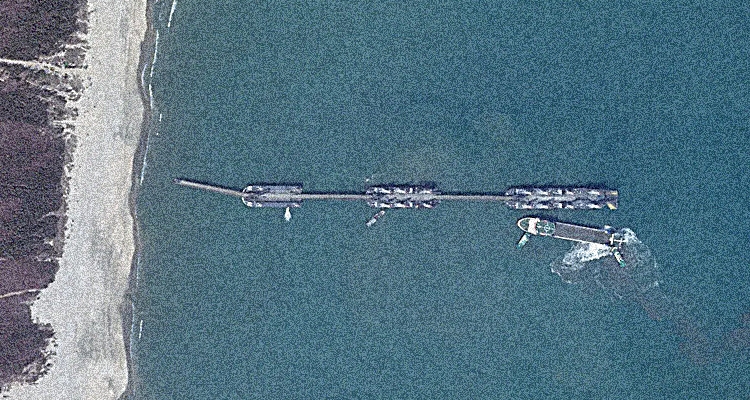
The unfortunately named Sustainability Times alerts us that “ ‘The US is on high alert’: An unprecedented threat as China’s massive cable cutter could halt 95% of global communications with one swift move” (March 25, 2025).
Probably not one swift move. But what the tech can do, assuming it’s real, is bad enough.
“A powerful new device from China, capable of cutting undersea cables at unprecedented depths” has been “developed for use in advanced submersibles.”
Designed for integration with China’s advanced crewed and uncrewed submersibles…the device targets armoured cables crucial for global data transmission…. The ability to cut these cables at such depths is unprecedented, doubling the reach of existing technologies….
The South China Morning Post reports (March 22, 2025):
Developed by the China Ship Scientific Research Centre and its affiliated State Key Laboratory of Deep-sea Manned Vehicles, the device targets armoured cables—layered with steel, rubber and polymer sheaths—that underpin 95 per cent of global data transmission.
While it was created as a tool for civilian salvage and seabed mining, the dual-use potential of the tool could send alarm bells ringing for other nations.
For example, cutting cables near strategic chokepoints such as Guam, which is a linchpin of the US military’s second island chain, a defence strategy used to contain China, the tool could essentially destabilise global communications during a geopolitical crisis.
Sounds like an argument for backup means of communication.
CCN reports concerns that the deep-sea cable cutting, “invasion barges,” and other Chinese marine technology could be used to attack Taiwan (March 25, 2025).
From a chain of massive barges stretching from a Chinese beach into the sea, to a powerful new design for cutting undersea cables at record depths, China’s latest maritime innovations have captured the attention of defense experts—fueling concerns about their potential role in a future invasion of Taiwan.
While these new tools may ostensibly have civilian uses, experts say they highlight China’s expanding military and technological prowess – at a time when the ruling Communist Party is ramping up pressure on Taiwan, the self-governing democracy it claims as its own and has vowed to seize by force if necessary.
One may wonder whether the announced cable-cutting technology is yet tested and viable. One shouldn’t wonder, though, whether the Chinese government would be willing to sever deep-sea-cable communications between nations, because it has already done so, more than once. And discovered that it incurs no great cost by doing so.
Yi Peng 3
In November 2024, the Chinese ship Yi Peng 3 apparently cut through an underwater cable between Lithuania and Sweden and then, a day later, ripped a cable between Finland and Germany. The Yi Peng 3 was on the scene both times. Damage to the ship’s anchor was consistent with its having done the job. No other ship was suspected, and the damage was almost certainly intentional. As a European investigator put it at the time, “It’s extremely unlikely that the captain would not have noticed that his ship dropped and dragged its anchor, losing speed for hours and cutting cables on the way.”
A few weeks later, after having been detained in international waters by the injured parties, the Yi Peng 3 went on its merry way.
Hong Tai
In February 2025, the Republic of China coast guard detained a Togo-flagged cargo ship, the Hong Tai, which had a Chinese crew, on suspicion of deliberately cutting an undersea cable that connected Taiwan to outlying islands. First the ship hung around the vicinity of the cable for a few days; then, after it dropped anchor, a Taiwan telecom company detected on February 25 that the cable had been severed.
A CCP representative, Zhu Fenglian, said that Taiwanese officials had “deliberately exaggerated the situation in an attempt at political manipulation….”











